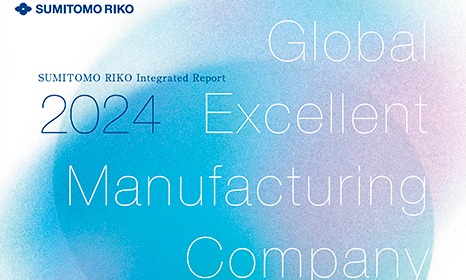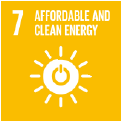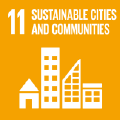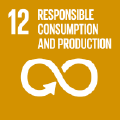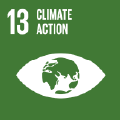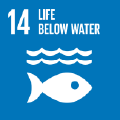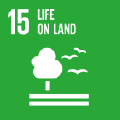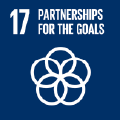Contributing to a Society in Harmony with Nature
Environment (E)
- Long-Term Environmental Vision and Environment 2029V
- Environmental Management
- Responding to Climate Change
- Responding to Water Risks
- Contributing to a Resource-Recycling Society
- Contributing to a Society in Harmony with Nature
- Appropriate Chemical Substance Management
- Environmental Communication
- Environmentally Friendly Products
Employees, Local Communities, Global Environment
Basic Approach
The Sumitomo Riko Group conducts its business activities using various blessings of nature, including natural rubber, air, water, and minerals. Recognizing that our business activities must not pollute or eliminate the gifts of nature that we’ve been given, and that we have a responsibility to pass them on to future generations, we have set forth the goal of realizing a society in harmony with nature in our Long-Term Environmental Vision 2050. Therefore, we will expand the scope of our activities to include forest conservation, rare species protection, and neighborhood cleanup to conserve biodiversity, as well as environmental conservation related to our supply chain.
Sumitomo Riko will continue to engage in activities to achieve Nature Positive by 2030.
Sumitomo Riko will continue to engage in activities to achieve Nature Positive by 2030.
Joined the Global Platform for Sustainable Natural Rubber (GPSNR)
Sumitomo Riko joined the Global Platform for Sustainable Natural Rubber (GPSNR) on July 25, 2022.
Related information
Given status as a Certified Aichi Biodiversity Company
Aichi Prefecture, where Sumitomo Riko Komaki Plant is located, has established the "Aichi Biodiversity Company Certification Program" to promote corporate activities for biodiversity conservation and to certify companies that are implementing excellent efforts. Sumitomo Riko received the certification in November 2023.
Participation in the Keidanren Initiative for Biodiversity Conservation
In March 2024, Sumitomo Riko, as a company committed to biodiversity for the future, joined the "Keidanren Initiative for Biodiversity Conservation" organized by the Keidanren Nature Conservation Council. This is an effort to address the items that constitute the revised Keidanren Declaration for Biodiversity and Guideline proposed by Keidanren and Keidanren Nature Conservation Council, and to support the overall objectives of the initiatives.
*Keidanren: Japan Business Federation
*Keidanren: Japan Business Federation
Biodiversity Risk Assessment
The conservation of biodiversity is a key component of Sumitomo Riko Group Corporate Action Charter. We conducted an assessment to determine whether any of Sumitomo Riko's bases overlap with Key Biodiversity Areas (KBAs), which are important areas that are key to biodiversity conservation. We surveyed 11 bases in Japan, 16 bases in China, 16 bases in other Asian countries, 9 bases in the Americas, and 18 bases in Europe and Africa, and confirmed that none of our bases overlap with KBAs.
Symbiosis with Nature Activities in Neighboring Areas
The Sumitomo Riko Group actively participates in environmental conservation activities in neighboring areas, such as "Sumitomo Riko Forest" activities, conservation of rare species, extermination of specified alien species, mangrove planting, and neighborhood cleanup.
Forest Growing Project
Sumitomo Riko : Sumitomo Riko Forest Growing Project
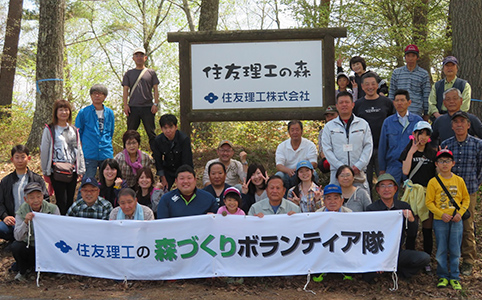
On July 1, 2008, Sumitomo Riko (then Tokai Rubber Co., Ltd.) signed a foster parent agreement with Ikeda-cho, Kitaazumi-gun, Nagano Prefecture, in support of the Nagano Prefecture "Forest Foster Parent Promotion Project" philosophy.
The purpose of this project is to create forests as a source of CO2 absorption so as to be a part of the global environmental protection activities. Every year, Nagano Prefecture certifies the amount of CO2 absorbed by Sumitomo Riko's Forest. (FY2023: 444t-CO2)
In addition to providing financial support for forest conservation, this project dispatches a team of Sumitomo Riko volunteers twice a year in the spring and in the fall. In addition to forest thinning, pruning, and tree planting under the guidance of local residents, the two-day and one-night volunteer activities also include agricultural experience, making local food, and social gatherings with local residents of the Hirotsu area, in an effort to promote community interaction.
The purpose of this project is to create forests as a source of CO2 absorption so as to be a part of the global environmental protection activities. Every year, Nagano Prefecture certifies the amount of CO2 absorbed by Sumitomo Riko's Forest. (FY2023: 444t-CO2)
In addition to providing financial support for forest conservation, this project dispatches a team of Sumitomo Riko volunteers twice a year in the spring and in the fall. In addition to forest thinning, pruning, and tree planting under the guidance of local residents, the two-day and one-night volunteer activities also include agricultural experience, making local food, and social gatherings with local residents of the Hirotsu area, in an effort to promote community interaction.
Matsusaka Plant: Sumitomo Riko Matsusaka Forest Growing Project
On August 26, 2010, Sumitomo Riko (then Tokai Rubber) signed a contract with Mie Prefecture, Matsusaka City, and the local residents of Sezu to conserve 24.5 hectares of forest over a period of 5 years in support of the Prefecture's Corporate Forest Project. It was the first time in the prefecture that a four-party agreement had been signed with the cooperation of the local community. It was also the first time that employees participated in forest conservation activities in the contracted forests. In FY2020, the contract was renewed for the third time.
In FY2023, in addition to conservation activities such as thinning of the forest, the Matsusaka Plant exhibited a booth at the "Harvest Festival" held at its base to promote interaction between employees and local residents.
In FY2023, in addition to conservation activities such as thinning of the forest, the Matsusaka Plant exhibited a booth at the "Harvest Festival" held at its base to promote interaction between employees and local residents.
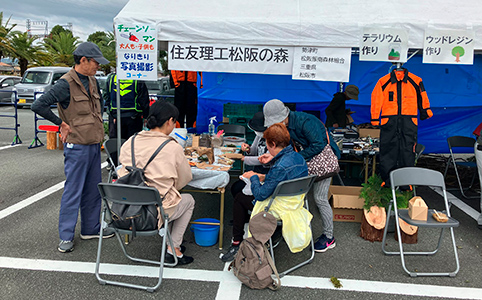
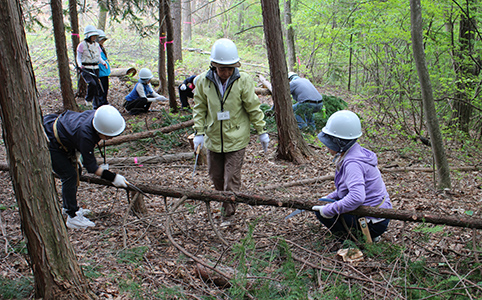
Tokai Chemical Industries, Ltd: Mitake no Mori Activity
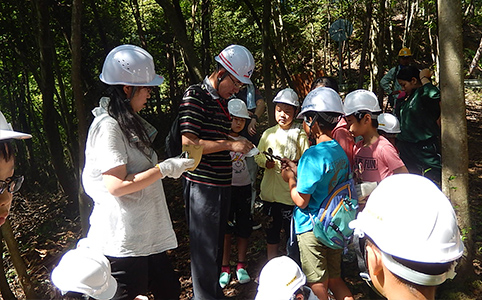
In May 2017, Tokai Chemical Industries signed a three-party agreement with Mitake Town and Gifu Prefecture to collaborate on forest conservation activities. This is a collaborative effort between the company and its stakeholders to conserve town-owned forests and restore satoyama (woodland near populated area) in Mitake, where Tokai Chemical’s head office and factory are located. Our goal is to realize a sustainable, low-carbon society and leave a rich natural environment for future generations.
The governor of Gifu Prefecture has certified that these forest conservation activities will absorb 290 tons of CO2 over the next 50 years.
In addition to monthly maintenance activities by employees, company-wide events are held three times a year in spring, summer, and fall to promote interaction with local residents.
The governor of Gifu Prefecture has certified that these forest conservation activities will absorb 290 tons of CO2 over the next 50 years.
In addition to monthly maintenance activities by employees, company-wide events are held three times a year in spring, summer, and fall to promote interaction with local residents.
Rare species conservation activities (mame-nashi)
The "mame-nashi," or Callery pear, is a deciduous tree belonging to the genus pear of the rose family that grows mainly in the Tokai region in Japan. It is a rare species that is listed in the Red List of the Ministry of the Environment as an endangered species 1B and in the Red Data Book of Aichi Prefecture as an endangered species 1A. It produces pretty white flowers from late March to early April and it bears pear-like fruit about 1cm in autumn.
Its natural habitat called "Okusa no Mame-nashi Jiseichi" located in the eastern part of Komaki City is the largest in Japan and has been designated a natural treasure by Aichi Prefecture because of its high value in that it has maintained an environment that allows generations of mame-nashi to prosper in a natural state over a long period of time. Komaki City is working to preserve the value of the natural habitat and pass it on to future generations. Sumitomo Riko is working with Komaki City and local volunteers to conduct conservation activities such as field research of the seedlings and weeding.
Its natural habitat called "Okusa no Mame-nashi Jiseichi" located in the eastern part of Komaki City is the largest in Japan and has been designated a natural treasure by Aichi Prefecture because of its high value in that it has maintained an environment that allows generations of mame-nashi to prosper in a natural state over a long period of time. Komaki City is working to preserve the value of the natural habitat and pass it on to future generations. Sumitomo Riko is working with Komaki City and local volunteers to conduct conservation activities such as field research of the seedlings and weeding.
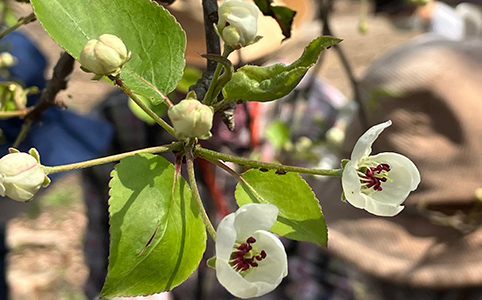
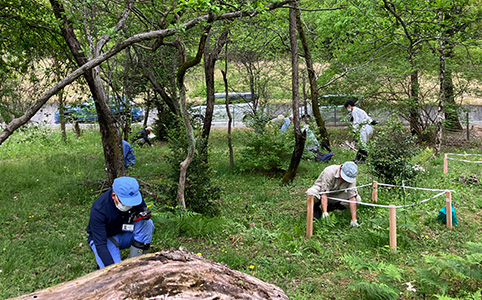
Mangrove Planting
Sumitomo Riko's production base in Thailand, SumiRiko Eastern Rubber (Thailand) Ltd. (SRK-ER), conducted mangrove planting in 2018 and 2023. (activities were suspended 2020-2022 due to COVID-19).
A total of about 2,400 mangrove saplings have been planted so far in Thailand including Rayong province, where the production base is located.
Mangrove forests are also known as the cradle of life, creating a rich ecosystem with abundant biodiversity. Mangrove forests are also believed to absorb CO2, one of the causes of global warming, and store large amounts of carbon, thus playing an important role in reducing greenhouse gases.
A total of about 2,400 mangrove saplings have been planted so far in Thailand including Rayong province, where the production base is located.
Mangrove forests are also known as the cradle of life, creating a rich ecosystem with abundant biodiversity. Mangrove forests are also believed to absorb CO2, one of the causes of global warming, and store large amounts of carbon, thus playing an important role in reducing greenhouse gases.
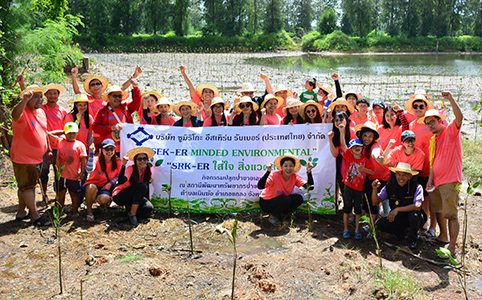
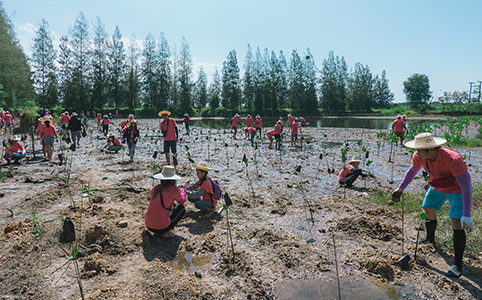
Extermination of Invasive Alien Species
Komaki Plant has been carrying out extermination activities for the "Lanceleaf tickseed” since 2022. The Lanceleaf tickseed is designated as an invasive alien species under the Invasive Alien Species Act as a plant that may have a serious impact on the ecosystem in Japan.
Since there is a possibility that the seeds of the Lanceleaf tickseed could spread through transportation and commuting vehicles, we consider it our responsibility as a company operating in the area to take action.
Since there is a possibility that the seeds of the Lanceleaf tickseed could spread through transportation and commuting vehicles, we consider it our responsibility as a company operating in the area to take action.
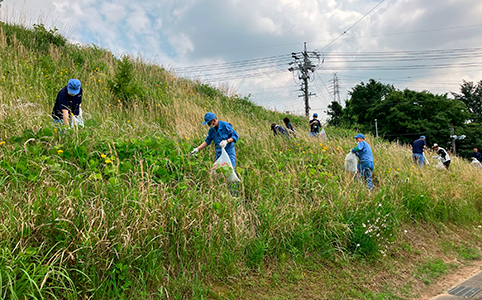
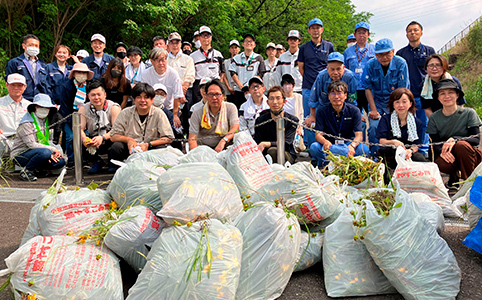
Neighborhood Cleanup Activities
At each plant and office of Sumitomo Riko as well as other group companies such as Tokai Chemical Industries, employees volunteer to clean up the surrounding area on a regular basis.
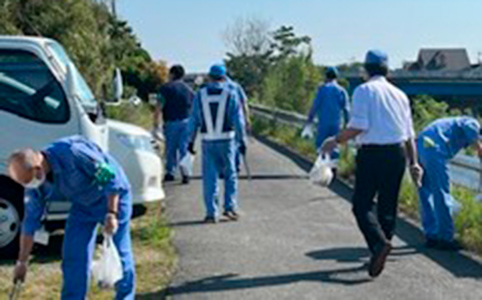
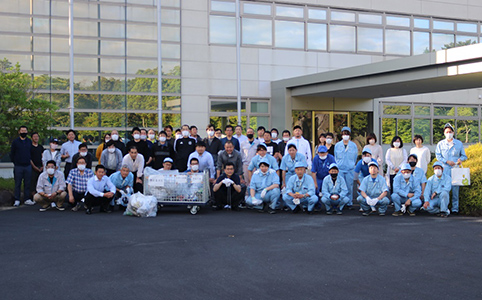
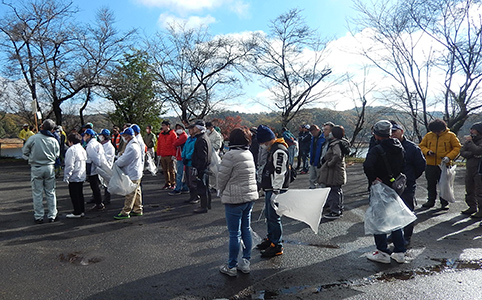
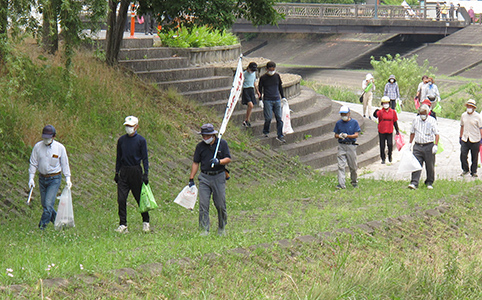
Information Sharing with Local Communities
In order to promote mutual understanding and coexistence with the local community through communication, the Komaki and Matsusaka Plants, which are adjacent to the housing areas, hold community liaison meetings with the neighborhood association officials. During these meetings, information on local environmental conservation is also exchanged.
Future Issues and Responses
We will clarify the relationship between the Sumitomo Riko Group's business and global resources, nature, and biodiversity, which are directly and indirectly linked to our business, and share this information within the company so that each and every employee is aware that our business activities are not simply social contribution activities.
We will also create a concept for each of our business bases to make the activities more relevant to the local community.
We will also create a concept for each of our business bases to make the activities more relevant to the local community.

